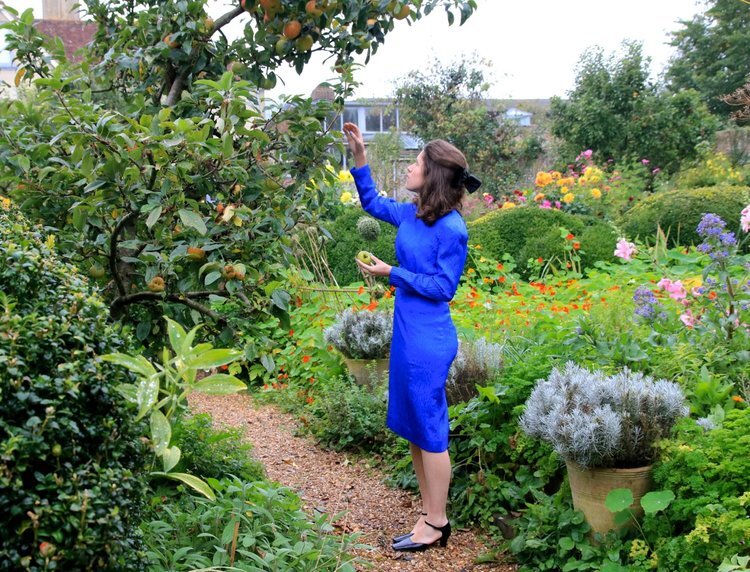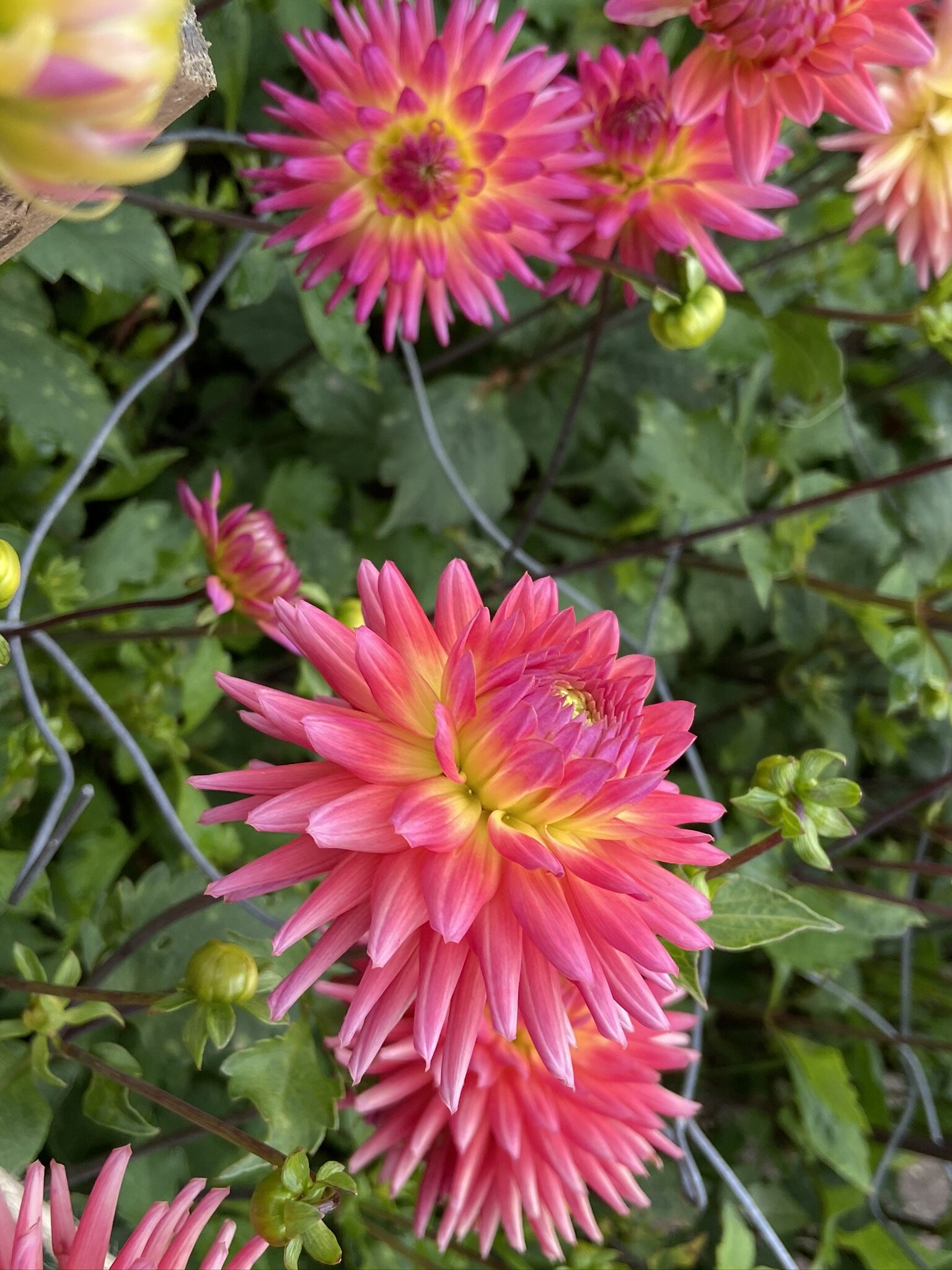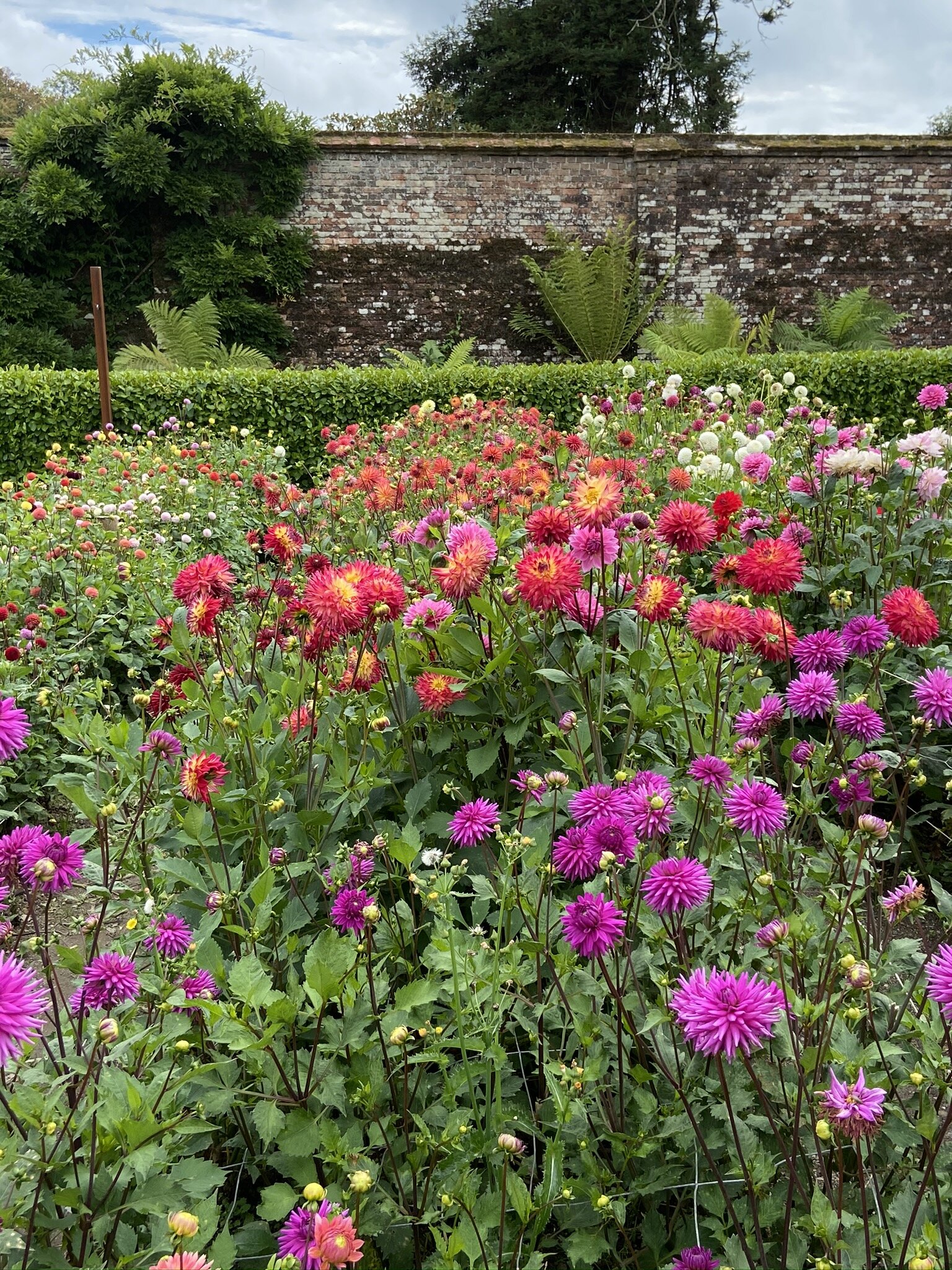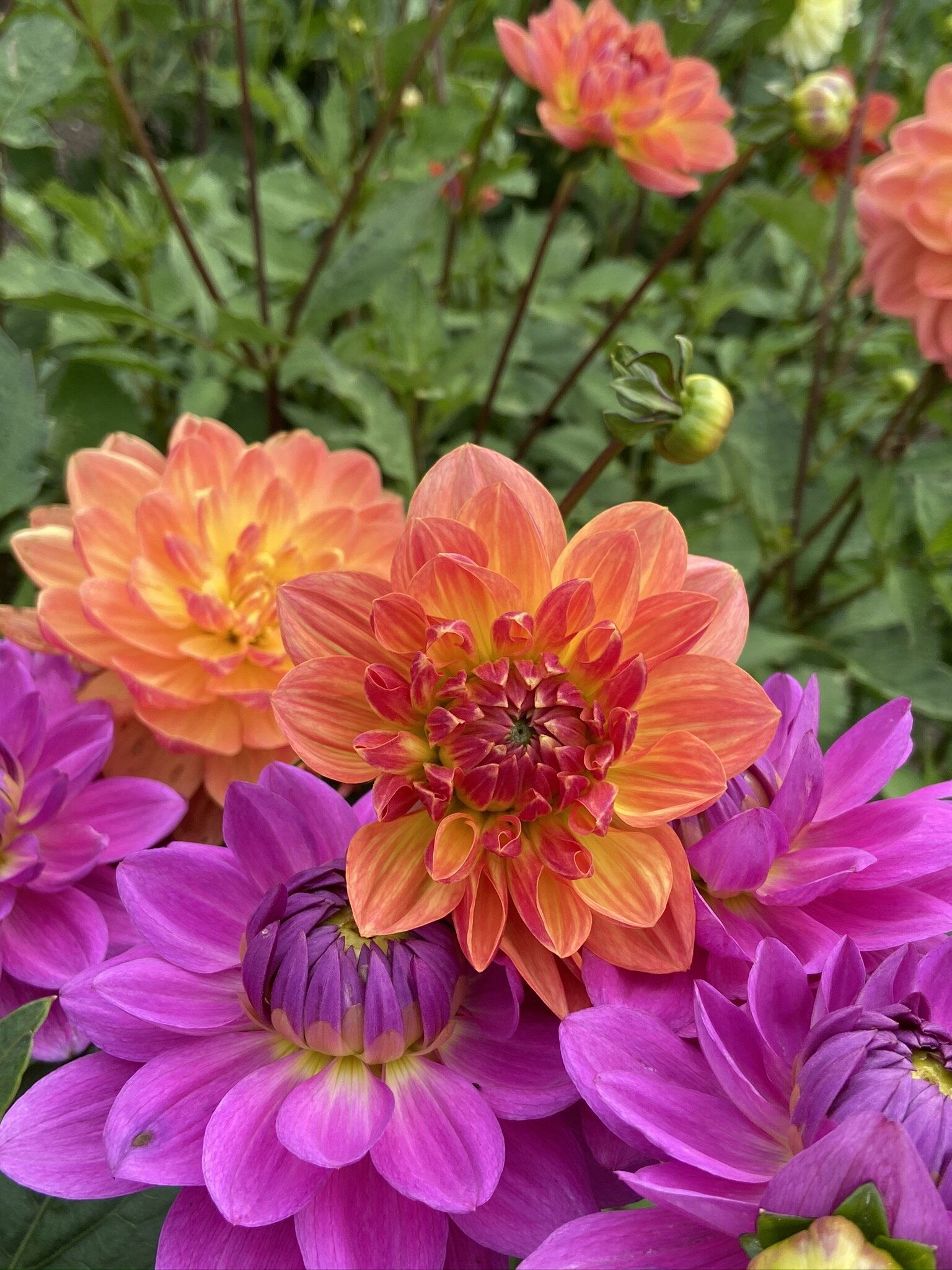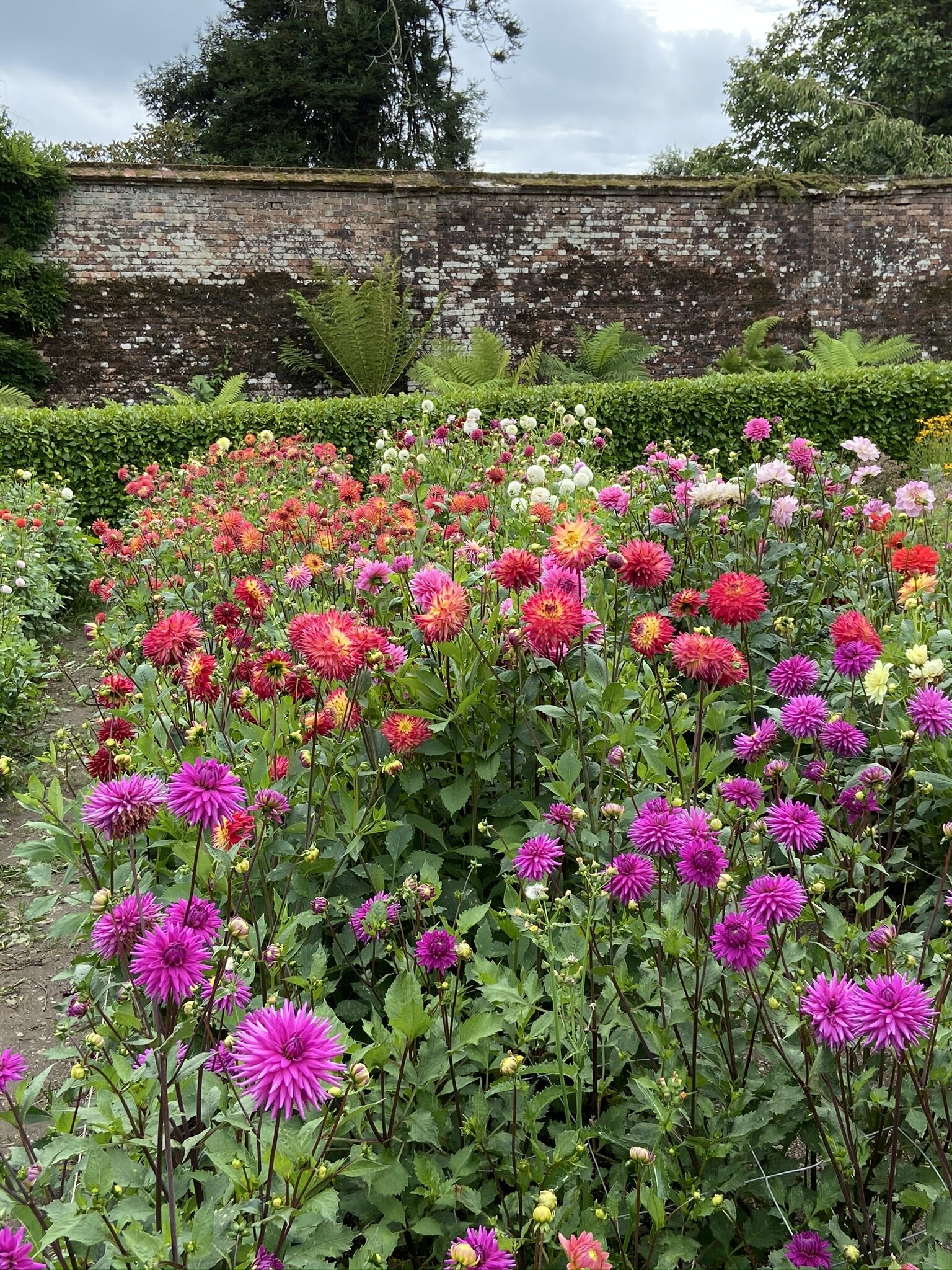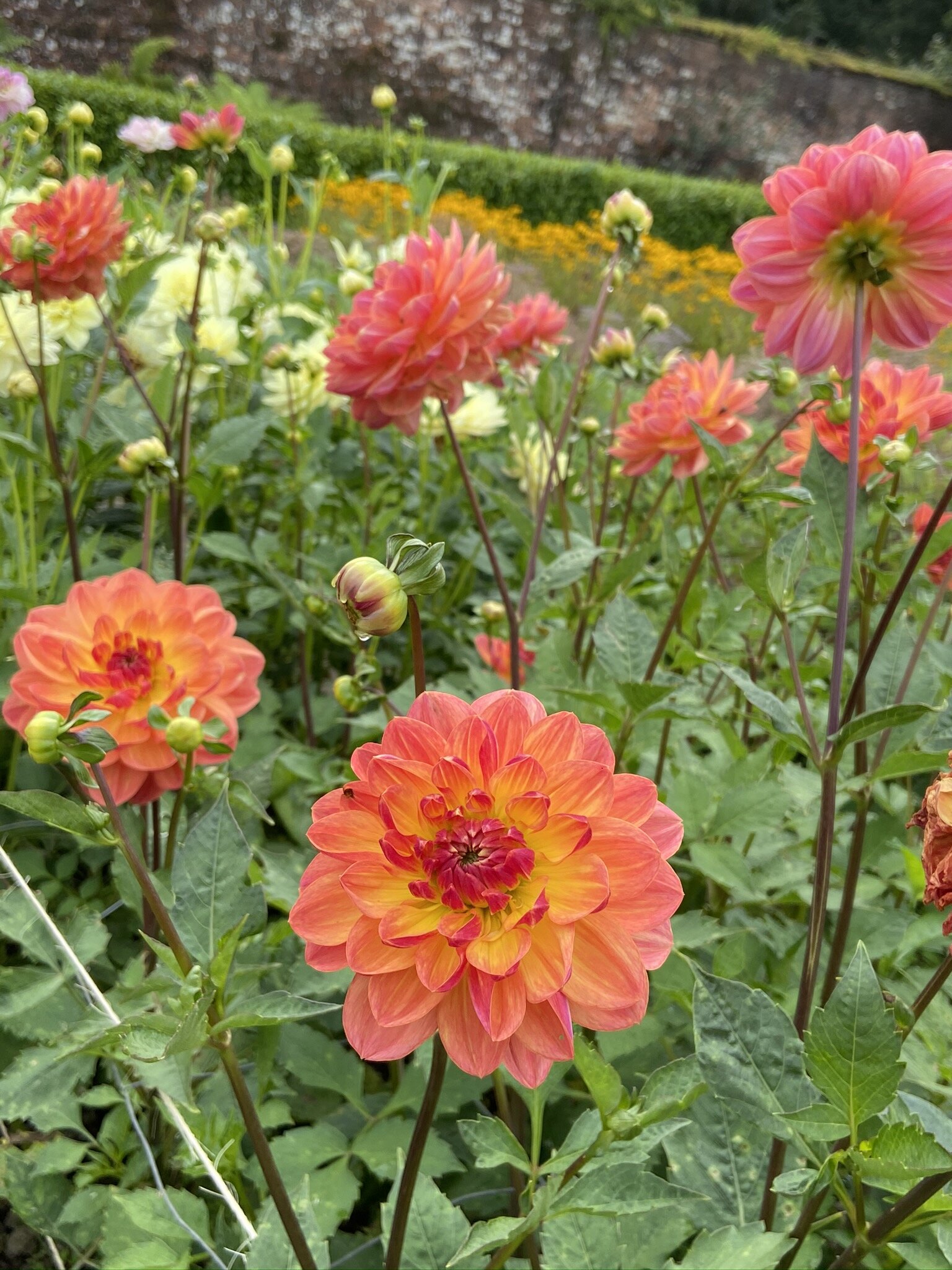On Plants
‘‘First, she read; then, she asked specific questions; only then did she order and go her own way when finding a suitable place for the result.’’ Robin Lane Fox, on Vita Sackville-West’s method of gardening
Somewhere in between The RHS’s ‘Principles of Horticulture’ and Vita’s ‘The Garden Book’ I have been searching for a book that will guide me further in my acquaintance with the kingdom of plants.
Some plants are close friends, others mere acquaintances, some I met long ago and have almost forgotten, and there are many many more I hope to meet.
The study of Art History starts, or it used to, with a copy of E.H. Gombrich’s ‘The Story of Art’, and it has been puzzling me for some time, why isn’t there a ‘starting point’ plant book? I don’t necessarily need to know how to plant the plant, what soil and where, and if I do there are so many books and people to tell me this - endless textbook style books by the RHS and endless books written by gardeners about gardening in their own gardens.
The former are useful, but a little dry, heavy encyclopedias, or a quick search on the functional RHS Plant Finder. The latter often too personalised, more about the garden than the actual plants, with so many plant names I am not well enough acquainted with.
I would like to get to know the plants themselves, where they have come from, their history, their names, who they are related to - to understand these strange creatures who were here long before us and will be here long after we are gone.
A good place to start, is of course a well labelled garden, or even better a highly knowledgable guide. But wouldn’t it be wonderful to walk down the street, around a garden, through a forest or turn the pages of a book and know each of the plants, be able to greet them like an old friend.
We have a new garden this year - planted by someone else perhaps 10 years ago, I have loved waiting and watching to see what will appear. The Clematis sneaking over the fence from next door, the pear that blossomed so beautifully, the Californian poppies that Max almost pulled up thinking it must be a weed and the beautiful climbing white rose that bloomed so magnificently one summers day.
I love that the data on plants is ever expanding and changing, new discoveries, new hybrids, new varieties, new science - we can classify and organise, but it is a never-ending project, one that will keep us occupied forever.
And I also like that even though we use, and manipulate (and often very sadly destroy) these plants, their agenda is not ours, each plant’s own interest is to grow, to reproduce and to leave it’s own legacy.
I’m not sure if you can really compare plants to art, a botanical garden visit to a gallery visit, a Rhododendron to a Titian but what I realise I want to know most about plants is a ‘Plant History’ with all the nuances of an ‘Art History’ degree. The history of the plants yes, but also their place in culture, in social and economic histories as well as their details, the shapes of their leaves, and which families they belong too.
And so I plan to get to know them better.
I’m going to have a go at sharing more plants and more plant info with you as I learn about them, digging a little deeper into the taxonomy, the botany, history and their personalities.
For now I am reading Maggie Campbell-Culver’s, ‘The Origin of Plants’ and the RHS’s ‘Plant Review’ Magazine, and perhaps soon I will start asking specific questions.
Please do send any plant book recommendations my way.
Alice xxx
Photos: Dahlias in the Walled Garden at The Lost Gardens of Heligan, Sept 2020
